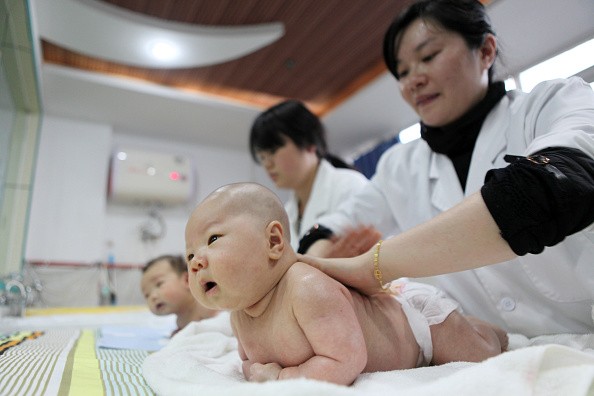After lifting its three-decade-long mandatory one-child policy just a year ago, China has allowed couples to have two kids, but that’s the maximum for the next 20 or 30 years.
Wall Street Journal reported that China is experiencing demographic challenges, and its population will peak in 2030 to around 1.45 billion and will decrease to around 1.38 by 2050.
A key plan was unveiled by the country’s State Council, its cabinet that details demographic changes over the next 15 years, including low birth rates, dropping of the number of women of childbearing age, and death due aging population.
“Problems and challenges associated with population security, and the balance between population, economy, and society, are not negligible,” said the State Council in the blueprint.
China’s two-child policy is said to bring an extra 15 million newborns in five years, pushing the annual number of births to 21 million.
When the Communist Party of China (CPC) took over the country in the 1950s, Mao Zedong, the first CPC Chairman, believed in the phrase, "there is strength in numbers."
During that time, post-war Chinese women were encouraged to give birth to more children. Women with more than five offspring were given the shining title of a "glorious mother."
As a result, 200 million people were born in 1950 and 1960, more than a third of the nation’s population.
To solve the sudden increase in population, the State Council of China released a revolutionary family planning guideline in 1973 that encourages couples to limit their child to two, with a four-year gap.
A decade after, the government launched the mandatory one-child policy to keep the population under 1.2 billion at the end of the year.
If a woman is pregnant with her second child, she be asked to abort the child or pay a fine, usually three times the family’s annual income.
According to reports, despite two-child policy, some couples remain reluctant to have second babies due to financial reasons.



























